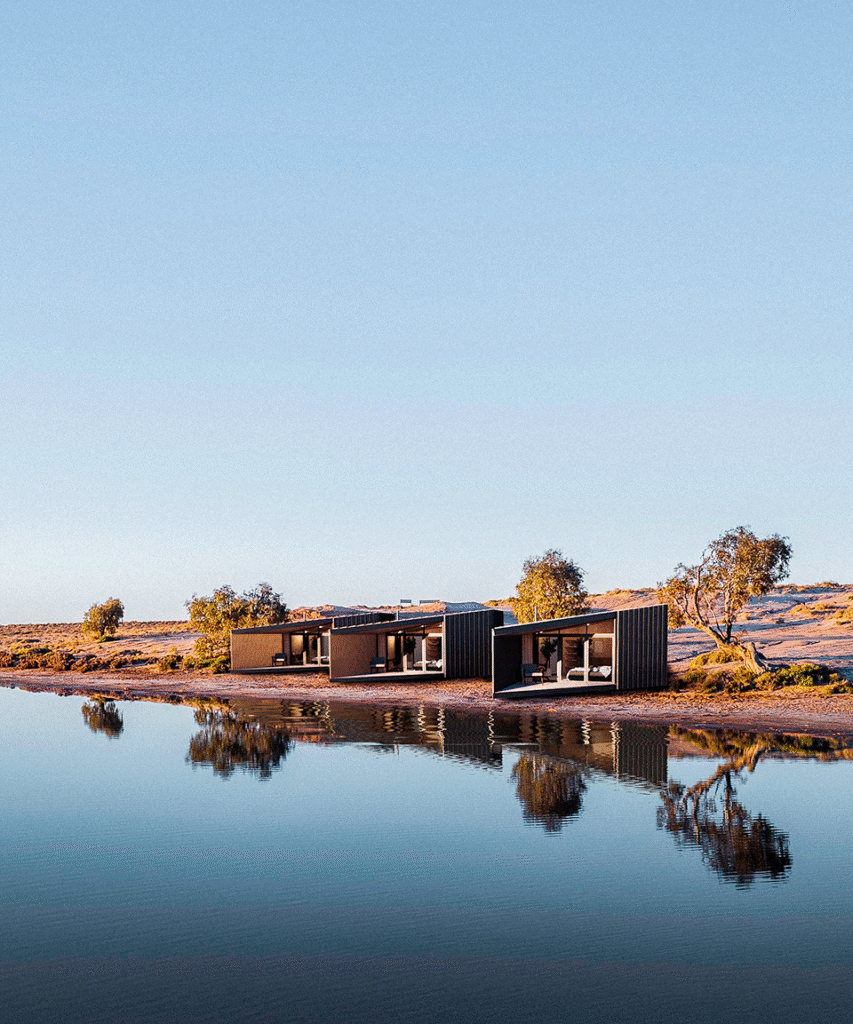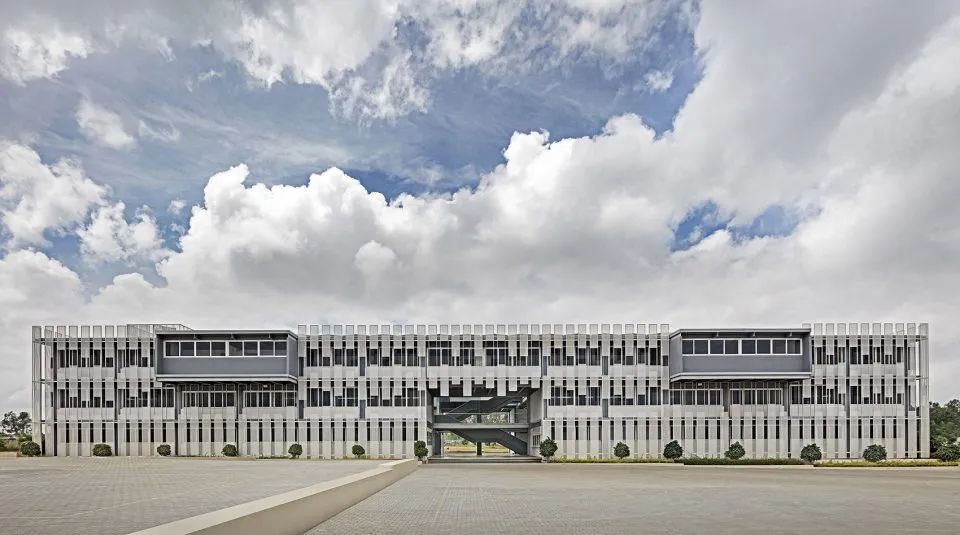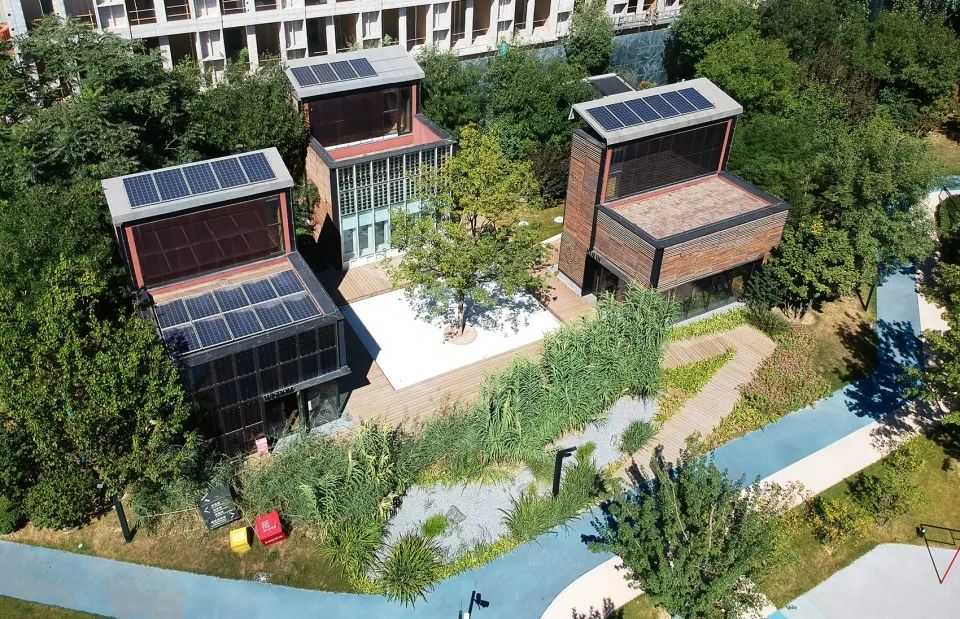Prefabricated construction was once jokingly compared to “playing with building blocks,” but today it has evolved into an intelligent construction model that integrates digitalization, smart technologies, and sustainability. From Soviet-era large-panel housing in the 1950s to Saudi Arabia’s intelligent factories by 2025, prefabricated construction has gone through four major technological iterations, marking a leap from “follower” to “global leader.” This transformation is not only a technical breakthrough but also reflects the construction industry’s shift from labor-intensive to data-driven development.
1. The Era of Prefabricated Construction 1.0
The 1.0 era of prefabricated construction focused on shifting a large portion of traditional on-site work to factories. Building components and accessories were manufactured in controlled factory environments and then transported to construction sites for on-site assembly. This method, much like “building with blocks,” significantly improved construction efficiency, shortened project timelines, and reduced noise, dust, and other site-generated pollution. At the same time, modular and sustainable building technologies aligned perfectly with the concept of green construction.

CMRU Administration and Teaching Building / M9 Design Studio

2. The Era of Prefabricated Buildings 2.0


With continuous social development, prefabricated buildings represent not only technological upgrades but also a fundamental restructuring of the construction industry’s underlying logic — shifting from “building houses” to “manufacturing products,” from “labor-intensive methods” to “data-driven processes.” Prefabricated construction aims to create a new paradigm of “green intelligent manufacturing.”
In the future, prefabricated buildings will no longer be limited to “stacking blocks” but will become a core component of smart cities.
Liaoning Rundong New Material Technology Co., Ltd.
Leave a Reply